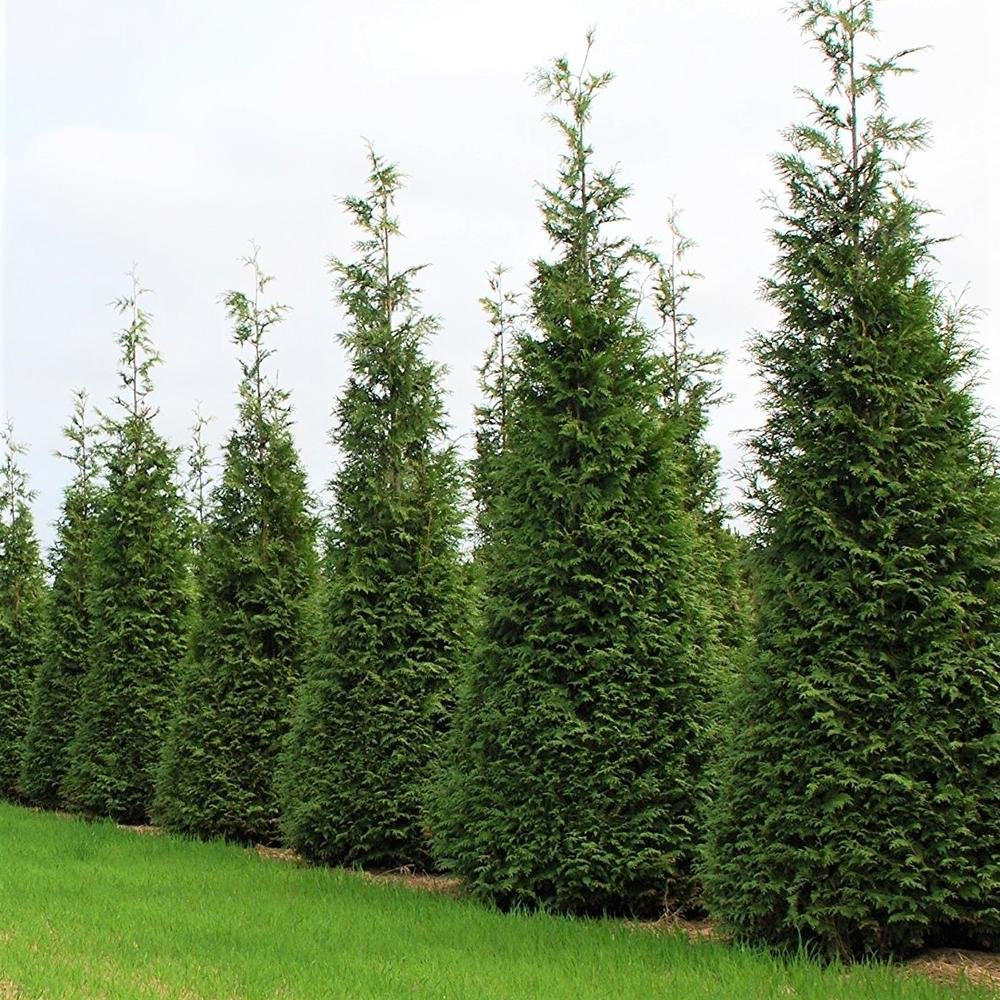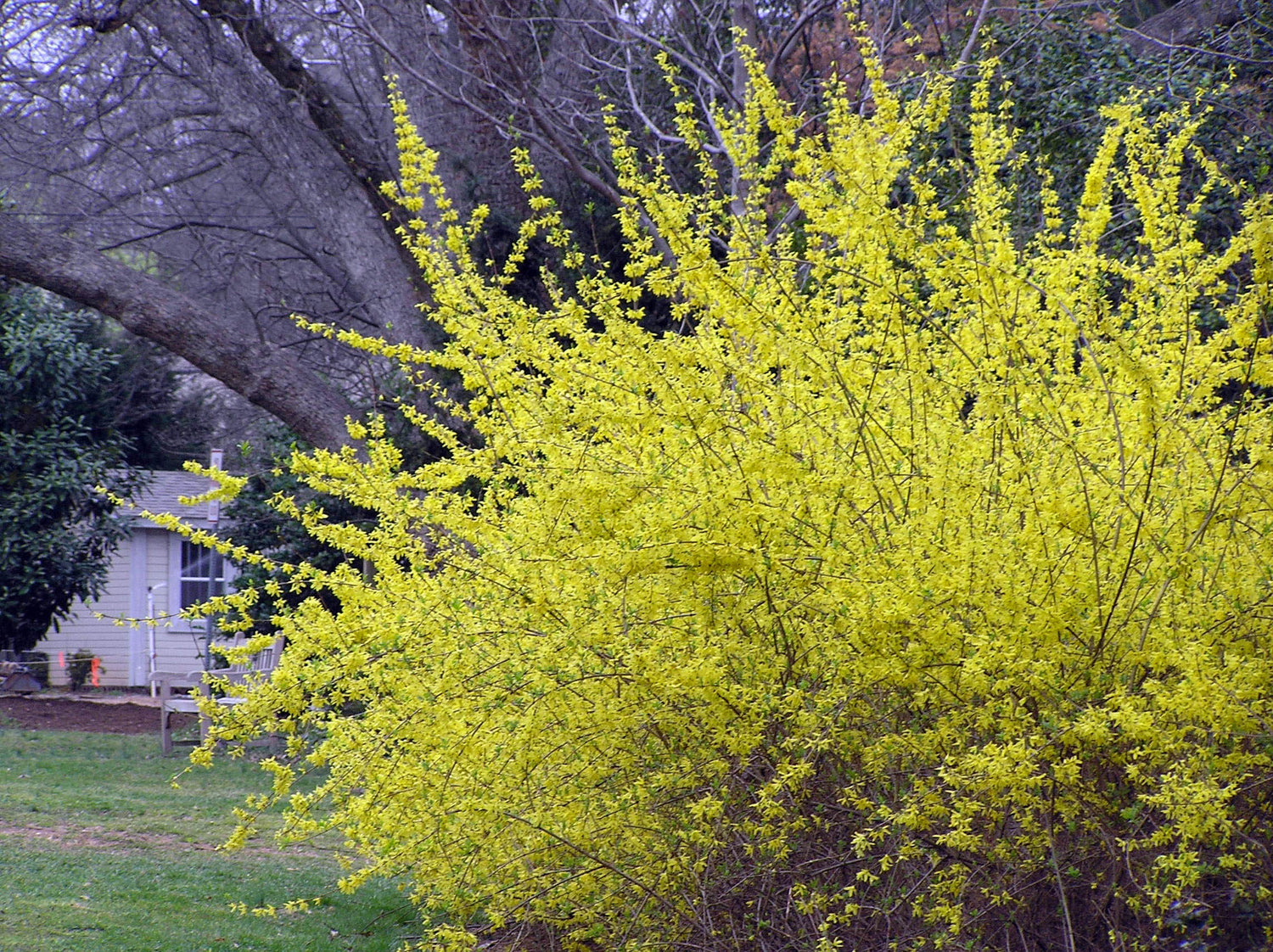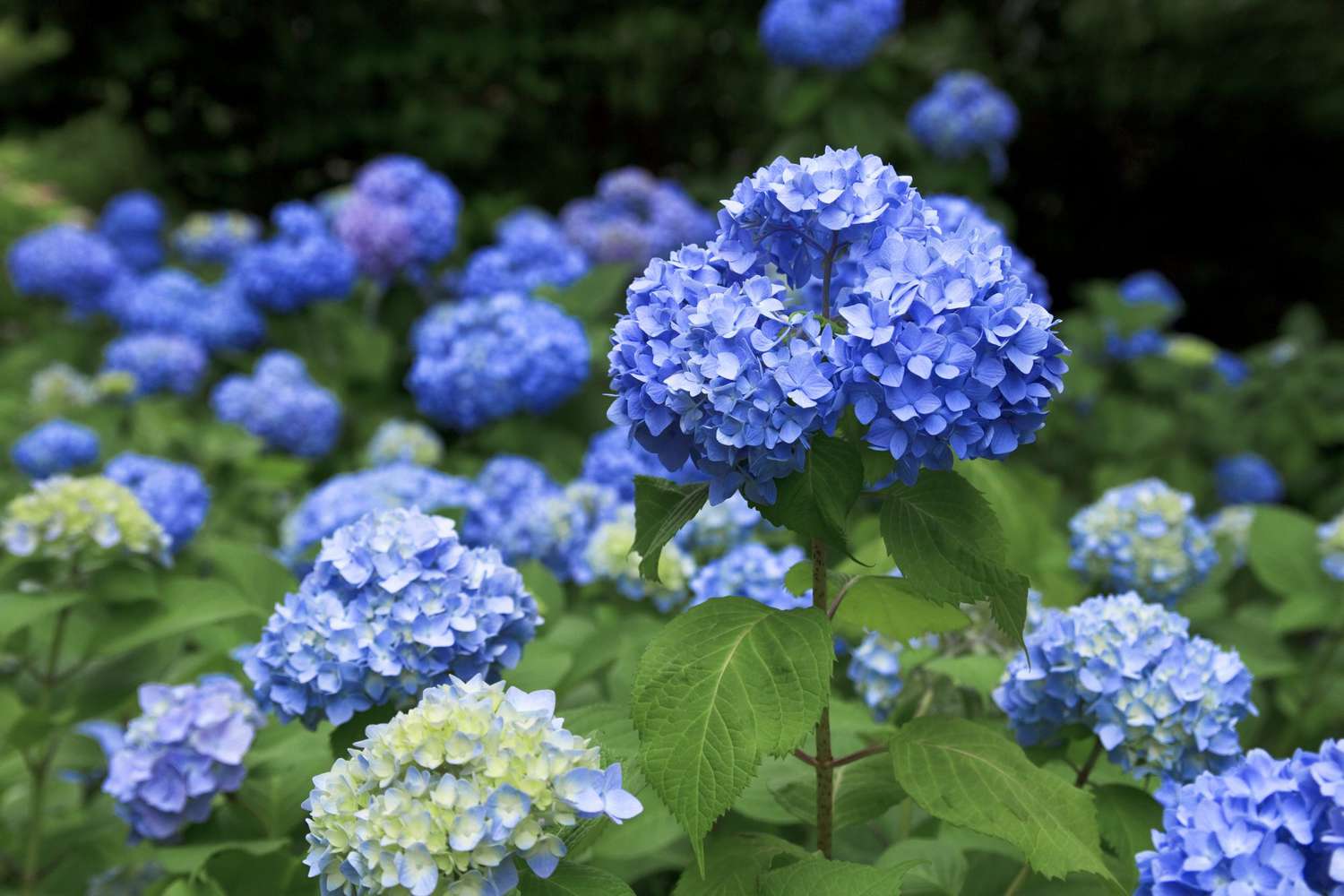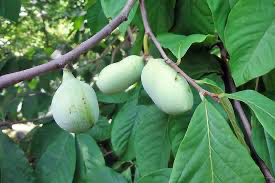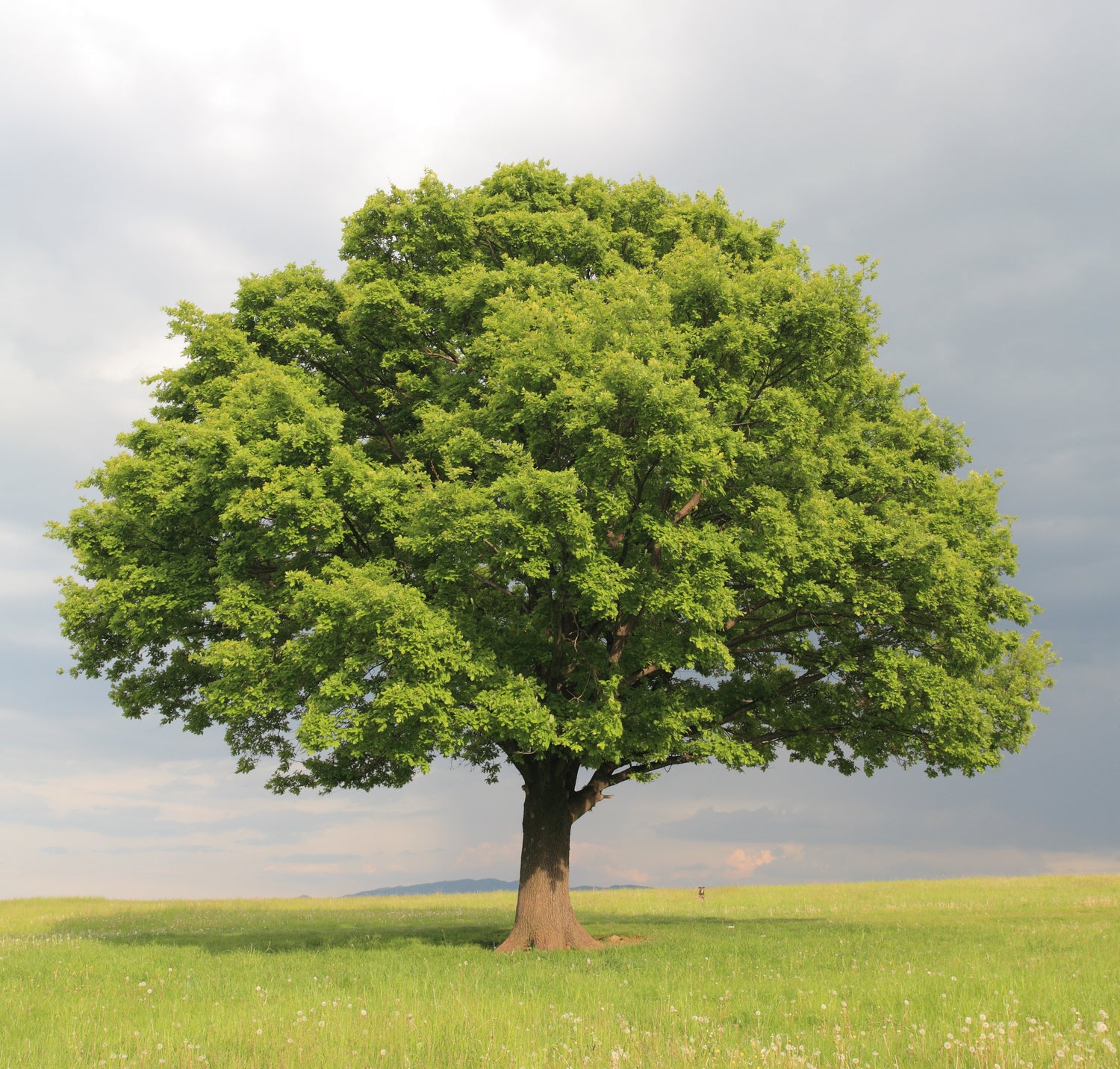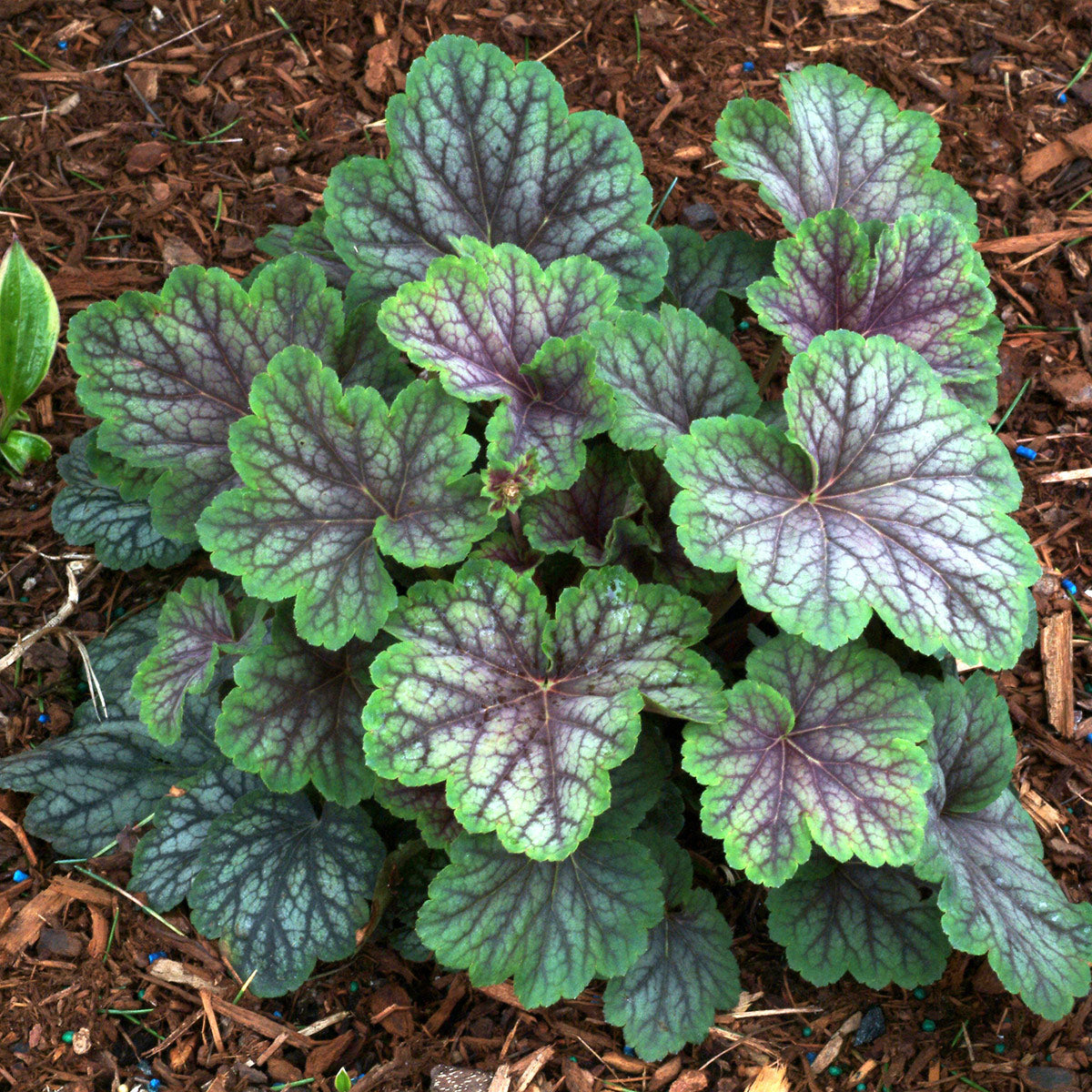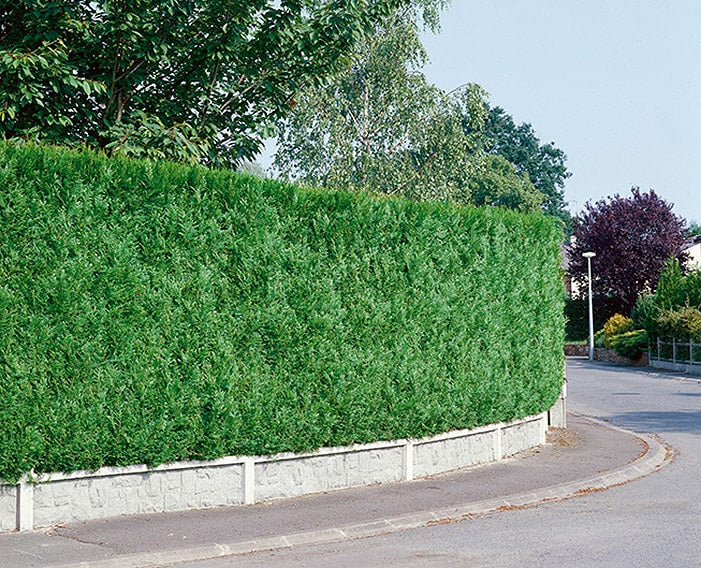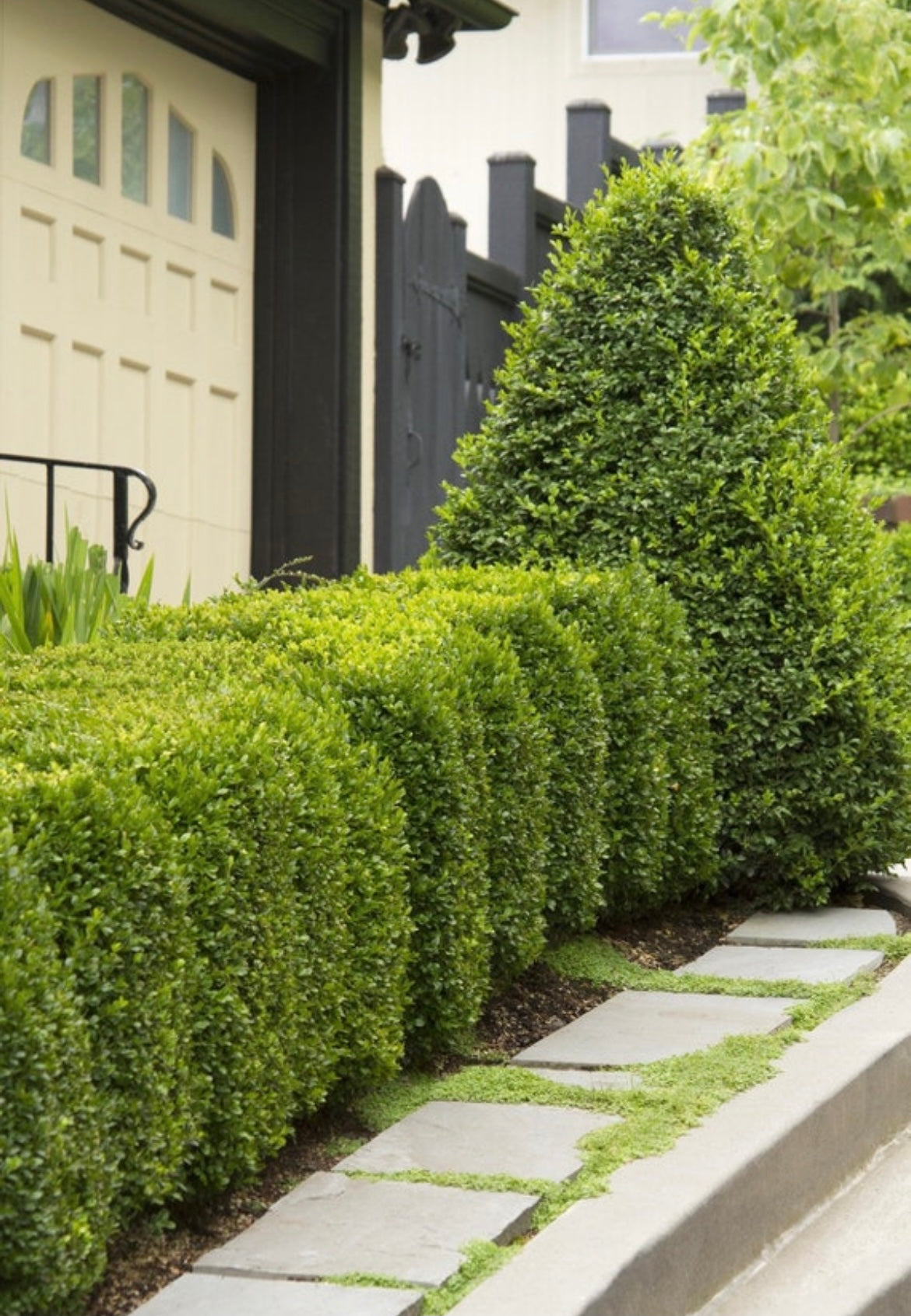Understanding Holly Distress Signals
Have you ever found yourself puzzled, staring at a Nellie Stevens Holly that seems to be on a downward spiral, thinking, "What's wrong with my holly?" You're not alone in this botanical conundrum. Whether it's brown leaves, brown stems, or an overall look of despair, diagnosing the plight of your Nellie Stevens Holly, or indeed any broadleaf evergreen, can feel like a detective case where the clues are subtle and the stakes are high.
Hollies, especially the fast-growing Nellie Stevens variety, have become garden staples, adored for their lush foliage and versatility as windbreaks or privacy screens. Yet, even the mightiest plants have their Achilles' heel. In the case of our holly friends, issues like transplant shock, environmental stress, and watering mishaps can lead to a disheartening display of browning and dieback.
Evergreens, with their stoic presence, often delay showing signs of distress, making issues like root damage or cold damage a late-appearing surprise on the gardening stage. It's a twist in the plot that can catch any gardener off guard. But fear not! With a bit of knowledge and timely care, reviving your Nellie Stevens Holly from the brink is more than just a pipe dream.
As we delve into the world of holly care and recovery, remember that the key to a thriving garden is understanding the signals your plants send. And when it comes to making informed choices about which plants to add to your landscape, exploring our wide selection of plants can offer both inspiration and solutions tailored to your gardening needs.
Stay tuned as we unpack the mysteries behind those brown leaves and stems, transforming holly heartbreak into a story of revival and lush growth. Whether you're a seasoned gardener or a green-thumbed newbie, navigating the ups and downs of holly care can lead to a rewarding journey, full of learning and, ultimately, a garden that's both beautiful and resilient.
Remember, the first step to a healthy Nellie Stevens Holly is recognizing the problem. But the journey doesn't stop there. With the right approach, you can turn your gardening woes into a testament to the resilience of nature, backed by the knowledge and resources to make your green oasis thrive. So, let's get to the root of the problem and set the stage for a flourishing garden that stands the test of time. Explore our collection to find the perfect additions to your gardening adventure, ensuring diversity and beauty in every corner of your outdoor space.
We live in zone 6, and these Nellie steven hollies are only hardy to zone 6, so they can take quite a bit of damage in the winter, especially if they are in pots!
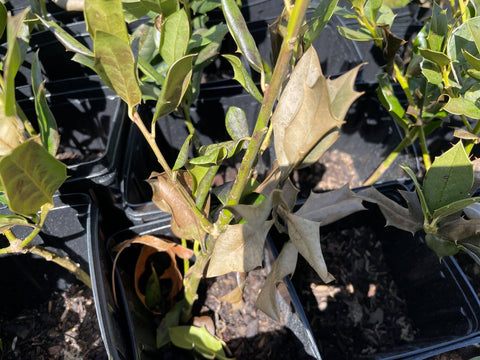
The Root of the Problem: Identifying Causes of Browning
Why are the once-lush leaves of your Nellie Stevens Holly turning a worrisome shade of brown? Before you write off your holly as a lost cause, let's dive into the common culprits behind this discoloration. Understanding the root causes can illuminate the path to recovery for your beloved evergreens.
Transplant Shock and Root Damage: A Gardener's Hurdle
It's a tale as old as time—or at least as old as gardening. You bring home a promising Nellie Stevens Holly, dreaming of the privacy and beauty it will add to your yard. But sometimes, despite our best intentions, these hollies suffer from transplant shock, particularly if they're moved when they're just waking up from dormancy. This timing can lead to root damage, a significant stressor that might not reveal its full impact until weeks after the fact.
Cold Damage: More Than Just a Winter's Tale
Evergreens are known for their resilience, but that doesn't make them invincible. Cold damage is a sneaky adversary, especially during prolonged periods when the soil's top layers are frozen solid, turning water into an inaccessible luxury for your plants. It's a classic case of dehydration, not the cold itself, that poses the greatest threat to your holly's survival.
Water Woes: Striking the Right Balance
Both overwatering and underwatering can lead your Nellie Stevens Holly down a path of distress, manifesting as browning leaves and stems. Finding that Goldilocks zone of just the right amount of water is crucial. Too much water can suffocate the roots, while too little leaves the plant gasping for hydration.
Pestering Thoughts: The Role of Spider Mites
While less common in Nellie Stevens compared to some other evergreens, pests like spider mites can still pose a threat, especially when the plant is already stressed. These tiny troublemakers are known for their love of dry, warm conditions, turning your holly's leaves brown as they feast.
Fear not, for knowledge is power in the garden. By pinpointing the cause of browning in your Nellie Stevens Holly, you're already on your way to remedying the situation. Stay tuned for our next section, where we'll cover care and recovery strategies to help your holly bounce back, proving that a bit of TLC can go a long way.
Remember, whether you're looking to enhance your garden's privacy or simply enjoy the year-round beauty of evergreens, exploring a diverse selection of plants can help ensure your outdoor space thrives in harmony. Choosing the right companions for your Nellie Stevens Holly not only supports biodiversity but also creates a more resilient garden ecosystem.

Care and Recovery: Best Practices for Damaged Hollies
After diagnosing the causes behind the browning of your Nellie Stevens Holly, it's time to roll up our sleeves and get to the heart of nurturing your plant back to health. Even the most beleaguered holly can make a remarkable comeback with the right approach to care and recovery.
Watering Wisdom: Quenching Your Holly's Thirst
Correct watering practices are pivotal in the recovery of stressed hollies. Whether you're rectifying the aftermath of over or underwatering, here's how to strike that delicate balance:
- Deep, Infrequent Watering: Encourage deeper root growth and resilience by watering deeply but less frequently, ensuring the soil has a chance to partially dry between watering sessions.
- Mulch Magic: A layer of organic mulch around the base can help maintain soil moisture levels and protect roots from temperature extremes.
Nutritional Needs: Feeding Your Holly
While Nellie Stevens Holly isn't excessively demanding in terms of nutrition, a stressed plant can benefit from a little extra TLC:
- Balanced Fertilization: Applying a balanced, slow-release fertilizer in early spring can help support recovery, promoting healthy growth without overwhelming the plant.
Pruning with Purpose: Removing Damaged Growth
Pruning plays a critical role in the recovery process, helping to remove damaged or diseased growth and encourage healthy new foliage:
- Timely Trimming: Prune dead or dying branches in early spring, taking care not to over-prune, which can stress the plant further. Always use clean, sharp tools to make precise cuts.
Cold Protection: Guarding Against Frost Damage
For Hollies affected by cold damage, taking steps to protect them from future frost events can prevent recurrence:
- Insulation: Use burlap wraps or similar protective materials to shield your holly from harsh winter winds and frost, particularly for plants in exposed locations.
Monitoring and Maintenance: The Key to Ongoing Health
Recovery doesn't happen overnight. Continuous monitoring and adjustments to your holly's care routine are vital:
- Regular Check-Ups: Keep an eye on your holly's progress, adjusting water, and care practices as needed based on its recovery and the changing seasons.
Embracing Diversity in Your Garden
As your Nellie Stevens Holly recovers, consider the broader landscape. Integrating a variety of plants can enhance your garden's resilience and aesthetic appeal. Explore our diverse selection of plants, perfect for creating a vibrant, healthy garden ecosystem that supports your holly and so much more.
Recovering a stressed Nellie Stevens Holly may require patience and persistence, but the rewards—a lush, vibrant plant that enhances your landscape for years to come—are well worth the effort. With these care and recovery strategies, you're equipped to guide your holly back to health, ensuring it remains a cherished part of your garden.

